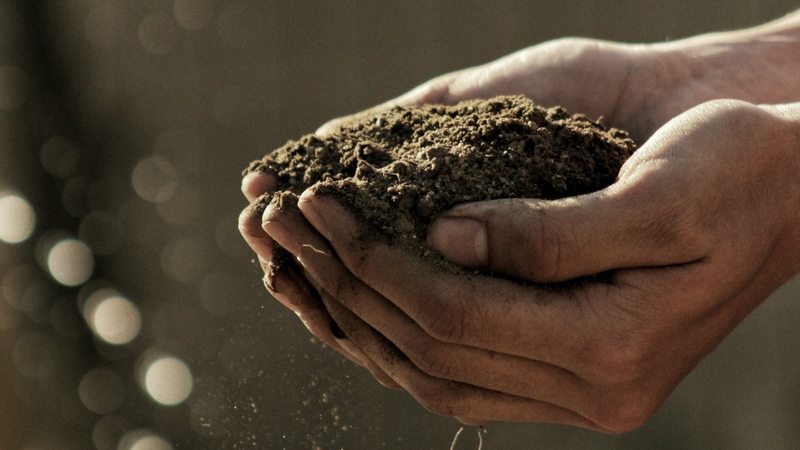Building Healthy Soil
Episode #3 of the course Small-scale gardening by Alice Morgan
Good morning and welcome back to class! Today, we’ll discuss the composition of healthy garden soil and how to create the best possible soil for your new garden.
Testing Soil
In yesterday’s class, I mentioned getting your soil tested to assess the nutrients already in the place you want for your garden. Let’s talk about how you can find out everything you need to know about your soil quality.
The first step is to either purchase a home test kit from a garden supply store or contact a soil testing lab to send you a test kit. If you choose a home kit, you’ll be doing all the analysis on the soil yourself. Keep in mind that these kits are limited, as they usually only tell you the pH and key nutrient levels in a sample. For your first garden, I recommend getting the soil professionally tested. If you live in the US, your local extension office can point you in the direction of a reputable laboratory.
When the soil report comes back, it will give you a number value for organic matter, pH, nitrogen, phosphorus, potassium, magnesium, and calcium. Labs will often include suggestions of what to add to the soil to bring any deficiencies up to standard.
Organic Matter
Organic matter is the decaying plant or animal material in your soil. As plants grow, they take the nutrients from organic material for their stems, leaves, and fruits. If the plant is not allowed to decay in the ground after it’s finished producing, the nutrients in its body can’t be reincorporated into the soil to feed new plants. You want your soil to be above 5% if possible. You can add compost, either purchased or homemade, to bring up the organic material in your soil.
pH
pH defines how basic or acidic your soil is. You’ll want to shift your soil one way or the other, depending on what plants you want to grow, but most vegetables will be most productive in a six to seven pH range. Lime will raise the pH level of your soil, and sulfur will lower it.
Nitrogen, Phosphorus, and Potassium
Often abbreviated as NPK, nitrogen, phosphorus, and potassium are important nutrients in growing plants. Nitrogen is crucial in early plant growth because it helps the young sprouts to photosynthesize. Phosphorus comes into play as the plant develops by encouraging flowers, leaves, and roots to grow. Potassium is also crucial to photosynthesis and encourages the plant to produce fruit. If your plants begin to turn yellow instead of green, it’s likely a deficiency in one of these nutrients. Check your nearest garden supply store for additives to balance out nutrients.
Magnesium and Calcium
While not quite as crucial as the NPK trio, calcium and magnesium are still important macro ingredients you want in your garden. Much like with humans, plants use calcium to grow and develop healthy structures. Magnesium is an important component in chlorophyll. Without enough, plants will have difficulty photosynthesizing sunlight into food. Like with the other macro-ingredients, you can find calcium and magnesium additives at your local garden store.
Sandy, Clay, Loamy Soil
Finally, let’s wrap up by looking at soil texture. Soils tend to be either sandy, loamy, or clay filled. Sandy soil doesn’t hold water, which results in nutrient-deficient ground. Clay soil is very nutrient dense and holds onto water well. When wet, it can be great for plant growth. However, when it dries out, it can become difficult for plant roots to penetrate. Loamy soil is the best for gardening. This type of soil is full of organic matter, which makes the dirt great at both holding water and draining well and allows plant roots to dig into the soil. You can make your soil more loamy by adding compost or other nutrient-rich soil blends.
That’s it for soil composition. Learning to assess and amend your soil will help you grow stronger, high-quality produce. What’s even more important are the kinds of plants you want to grow. Tomorrow, we’ll look at several different vegetables, herbs, flowers, and fruits for your garden.
Recommended book
Share with friends

